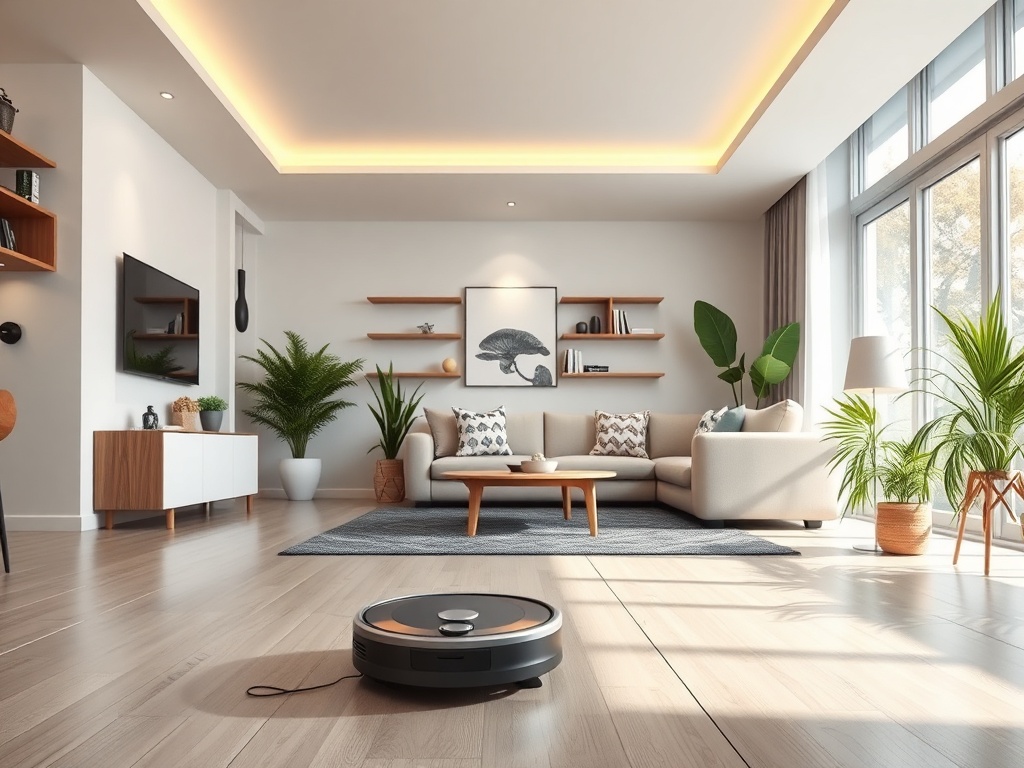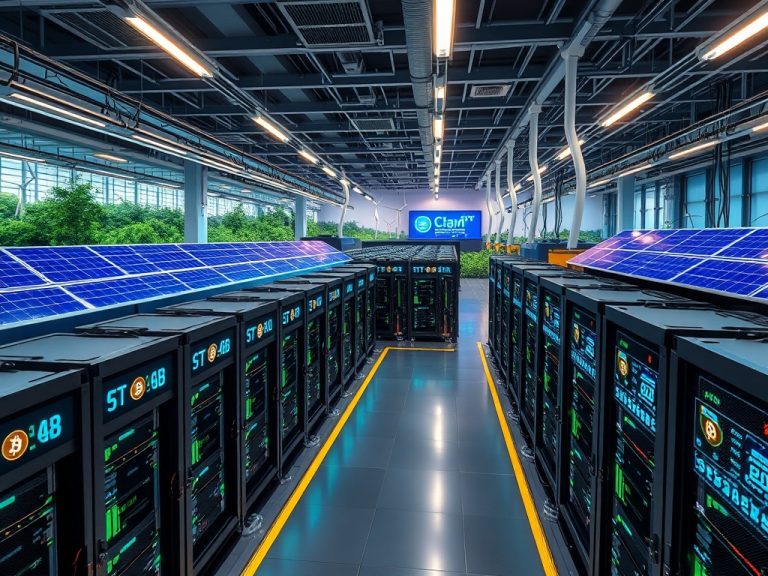
Introduction
In recent years, the concept of smart homes has transitioned from a futuristic vision to a tangible reality. With the integration of robotics and advanced technologies, our living spaces are becoming more intelligent and responsive to our needs. This article explores how robotics is reshaping daily life within smart homes, enhancing convenience, security, and energy efficiency while also considering the broader implications of these advancements.
The Rise of Smart Homes
Smart homes leverage IoT (Internet of Things) devices to create interconnected systems that allow homeowners to control various aspects of their living environment remotely. From smart thermostats to automated lighting, these technologies enhance comfort and efficiency. The incorporation of robotics takes this concept a step further, enabling more complex tasks and interactions that were previously unimaginable.
Defining Smart Homes
A smart home is equipped with devices that communicate with each other and can be controlled via a smartphone app, voice commands, or automation. These systems provide not only convenience but also proactive solutions to everyday problems. For instance, a smart home can automatically adjust the temperature based on the weather, ensuring comfort and energy savings.
Robotics in Everyday Tasks
1. Household Chores
Robotic vacuum cleaners are among the most recognizable smart home devices. These autonomous machines can navigate through rooms, avoiding obstacles while efficiently cleaning floors. Advances in robotics have led to more sophisticated models that can map out spaces, remember layouts, and even empty their own dustbins.
Real-World Applications
For busy families, robotic vacuums offer significant time savings. Many models can be scheduled to clean while homeowners are away, ensuring that floors are spotless without requiring manual effort. Additionally, some devices can be controlled via smartphone apps, allowing users to initiate cleaning sessions remotely.
2. Gardening and Lawn Care
Robotic lawn mowers represent another significant leap in home automation. These devices can maintain lawns by mowing grass on a schedule, adapting to different terrains, and returning to their charging stations when needed. Some systems even include features for trimming hedges and watering gardens, making outdoor maintenance easier than ever.
Benefits of Robotic Gardening
These robotic systems not only save time but also promote healthier gardens. By maintaining a consistent mowing schedule, homeowners can prevent overgrowth and ensure an even cut, which contributes to lawn health. Moreover, automated watering systems can optimize water use based on weather conditions, promoting sustainability.
3. Security and Surveillance
Smart home security systems increasingly rely on robotics for enhanced safety. Drones can be used for aerial surveillance, while robotic cameras monitor property and provide real-time alerts to homeowners. These devices can recognize faces, detect unusual activity, and integrate with alarm systems, providing a comprehensive security solution.
Advanced Features
Modern security robots can even perform patrols, moving autonomously around the property to detect intruders. They can send alerts to homeowners via mobile devices, allowing for immediate action. Additionally, some systems incorporate facial recognition technology, differentiating between family members and strangers for added security.
Enhancing Energy Efficiency
Robotic systems can also contribute significantly to energy management in smart homes. For example, programmable thermostats adjust heating and cooling based on occupancy patterns, while robotic blinds can open or close according to the time of day or sunlight intensity. Such automation not only increases comfort but also reduces energy consumption, leading to cost savings.
The Smart Grid Connection
The integration of smart homes with the smart grid allows for real-time energy management. Homeowners can monitor energy usage and adjust consumption based on peak pricing or renewable energy availability. Robotics plays a critical role in this by managing devices that can respond dynamically to energy supply and demand.
The Role of Artificial Intelligence
The integration of AI with robotics in smart homes allows for predictive analytics and machine learning. Systems can learn from user habits and preferences, optimizing their functionality. For instance, an AI-enhanced smart assistant can manage various devices, scheduling tasks based on user routines and even suggesting improvements for energy efficiency.
Personalization and Adaptation
AI algorithms can analyze historical data to predict future needs. For example, if a homeowner typically adjusts the thermostat to a cooler setting during the night, the system can automatically make this adjustment without prompting. This personalization enhances user experience and can significantly improve energy efficiency.
Challenges and Considerations
Despite the many benefits, the integration of robotics in smart homes comes with challenges. Privacy is a significant concern, as smart devices collect data on user behavior. Security vulnerabilities in connected devices can also pose risks, making it essential for manufacturers to prioritize robust security measures.
Privacy and Data Security
As smart devices gather more data, concerns about privacy increase. Homeowners must be aware of how their data is used and stored. Manufacturers need to implement strong encryption and data protection protocols to ensure that user information remains secure.
Initial Investment and Accessibility
The initial investment in smart home technology can be high, which may deter some homeowners. However, as technology advances and becomes more affordable, widespread adoption is likely. Innovative financing options, such as subscription services or leasing models, may also make smart home technologies more accessible.
Future Trends in Smart Homes
Looking ahead, the future of smart homes and robotics appears promising. Several trends are emerging that could shape the next generation of smart living:
1. Increased Interoperability
As more devices enter the smart home market, the need for interoperability between different systems will become critical. Future developments may focus on creating universal standards that allow devices from different manufacturers to communicate seamlessly.
2. Enhanced Human-Robot Interaction
Improvements in natural language processing and machine learning will enable more intuitive interactions between humans and robots. Future smart assistants may understand context, respond to emotions, and engage in more meaningful conversations.
3. Sustainability Focus
As awareness of environmental issues grows, smart homes will likely prioritize sustainability. Robotics will play a crucial role in optimizing energy usage, managing waste, and promoting eco-friendly practices.
Conclusion
The integration of robotics in smart homes is transforming daily life, making it more efficient, secure, and convenient. As technology continues to evolve, we can expect even greater innovations in home automation. While challenges remain, the benefits of smart homes are clear, paving the way for a future where our living spaces are more responsive to our needs than ever before. Embracing this technology will not only enhance our lifestyles but also contribute to a more sustainable and efficient way of living.
In this rapidly changing landscape, homeowners must stay informed about new technologies and their implications. By doing so, they can make educated decisions that enhance their quality of life while embracing the future of smart living.






